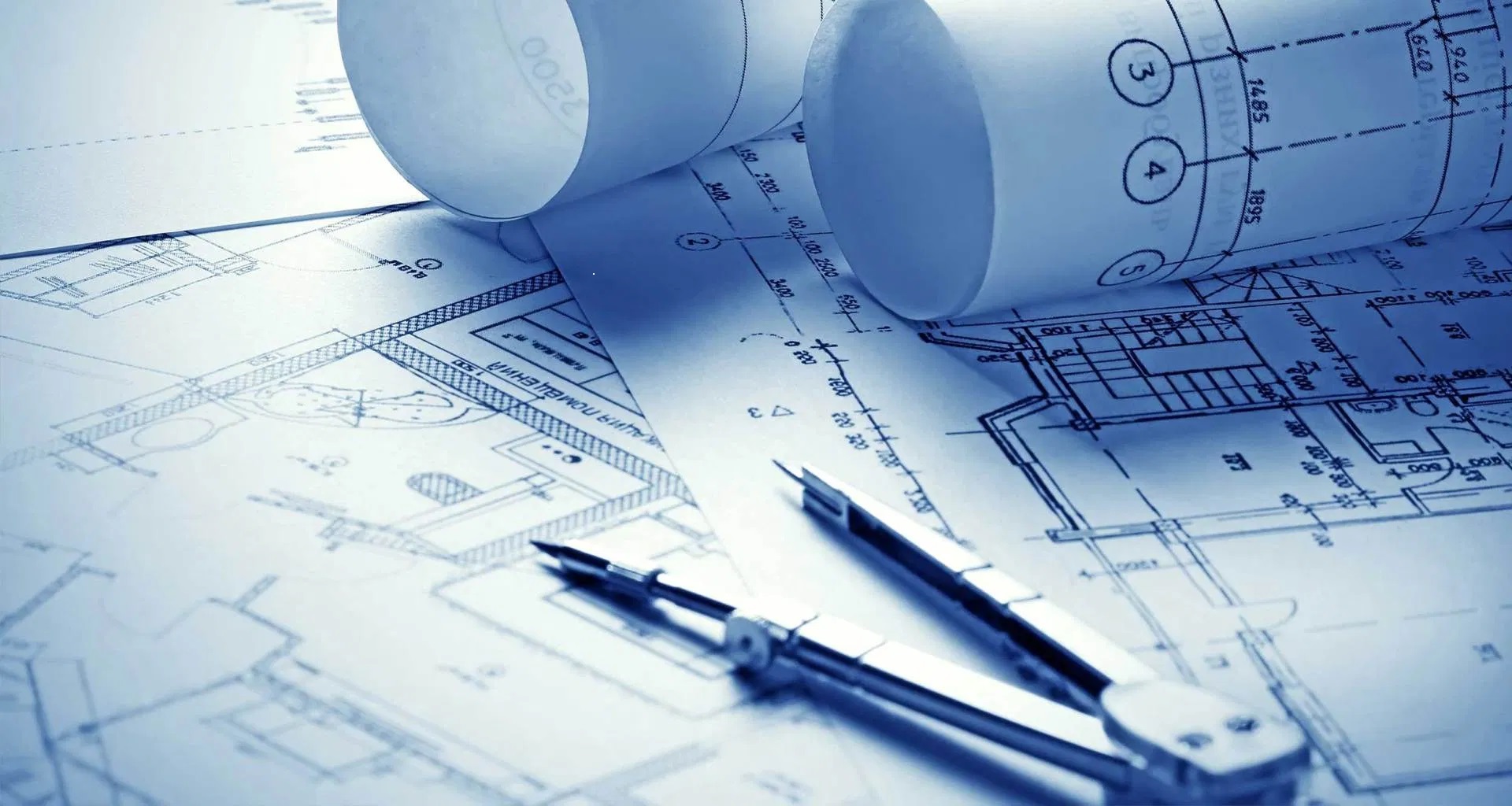Architecture Standards Due to the commercially nature of hotel developments, the success rate of the hotel and its design are both measured by and rely on the business’s ability to make a profit. In today’s increasingly demand on hotel market place, designers and architects are not only required not only to design beautiful spacious spaces, but also the right spaces for the right markets. Our hotel designs have become more market related, there is always a quite a good level of risk due to the level of market instability, which characterizes the hotel industry. Economic trends and cycles, and changes in political, technological, social‐economic and other uncontrollable factors, all have a significant impact on the level and nature of hotel demand. These factors cause the demand to change extensively from year‐to‐year, month‐to‐month, and even day‐to‐day, making it very difficult to strike a balance between hotel supply and demand. Our designer or architect plays an vital role in the development of new and re-development of existing hotels. Our ultimate goal is to commonly maximise the developers return on financial investments. It requires the careful balancing of the needs of hotel owners and operators , and most importantly for the hotel guests One of the most important first steps as a Hotel consultant is to confirm the location and particular site, and assess its suitability for a hotel. This is partly carried out in our feasibility study from a market stand point but, equally important, the site needs to be evaluated from a design and construction perspective. This is followed by feasibility studies, which assess present and future demand for lodging and such other hotel services as meeting are as, restaurants and bars, and recreation facilities. Our Feasibility studies also estimate operating income and expenses for the 10years after the hotel opens.
Company policy: Hotel product style, brand, and future development strategy
Concept: Objectives , and market orientation
Location: Type of premises , surroundings ,and constraints
Function : Space usage, seating capacity, and operational needs
Aesthetics : Style, character and design features
Budget: Investment criteria, payback , financing, and resources
Business: Planned lifecycle ,and future changes
Logistics: Critical dates ,stages, and contractors In order for the hotel consultant to capitalise on profits, the design team must maximise the percentage of floor are a devoted to guest rooms and keep to a minimum the amount of circulation and service space. Furthermore, the dimensions of the guestrooms also determine the structural module throughout the building, which carries through to the public and service areas on the lower floors


